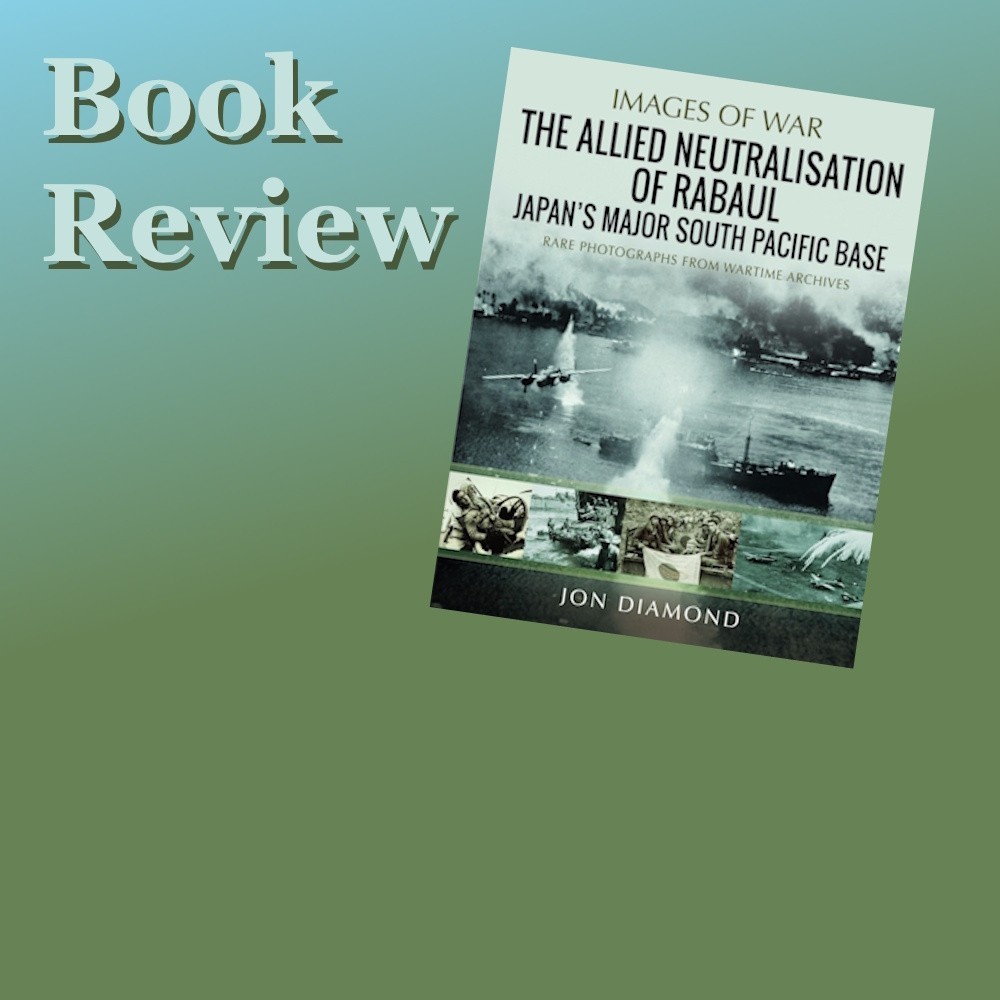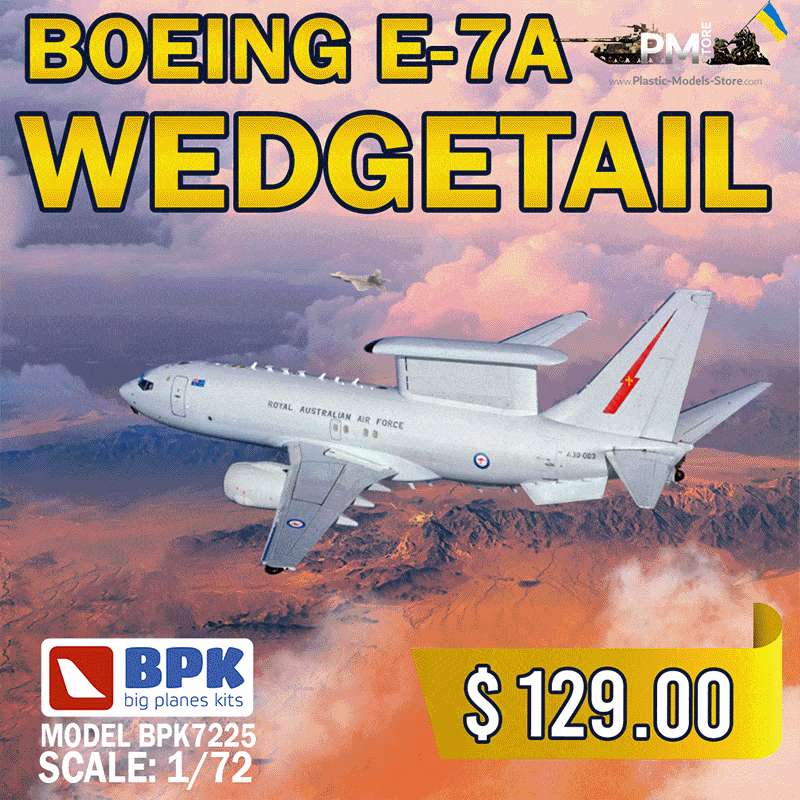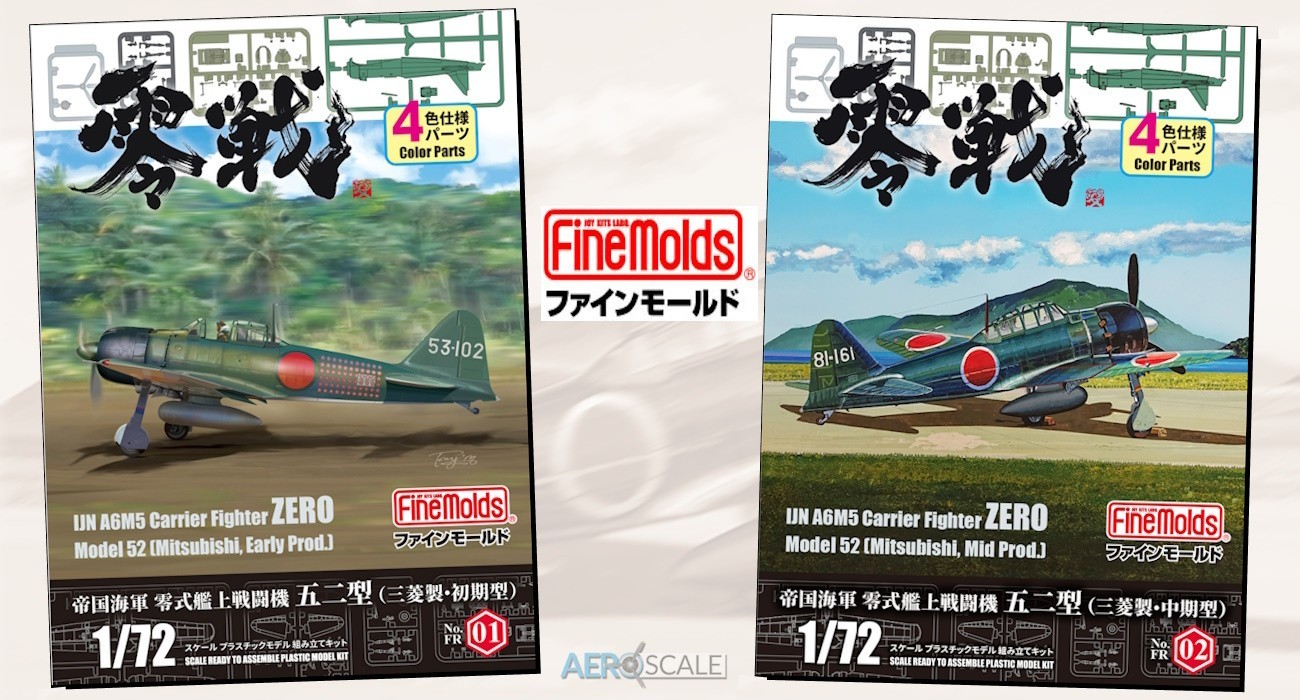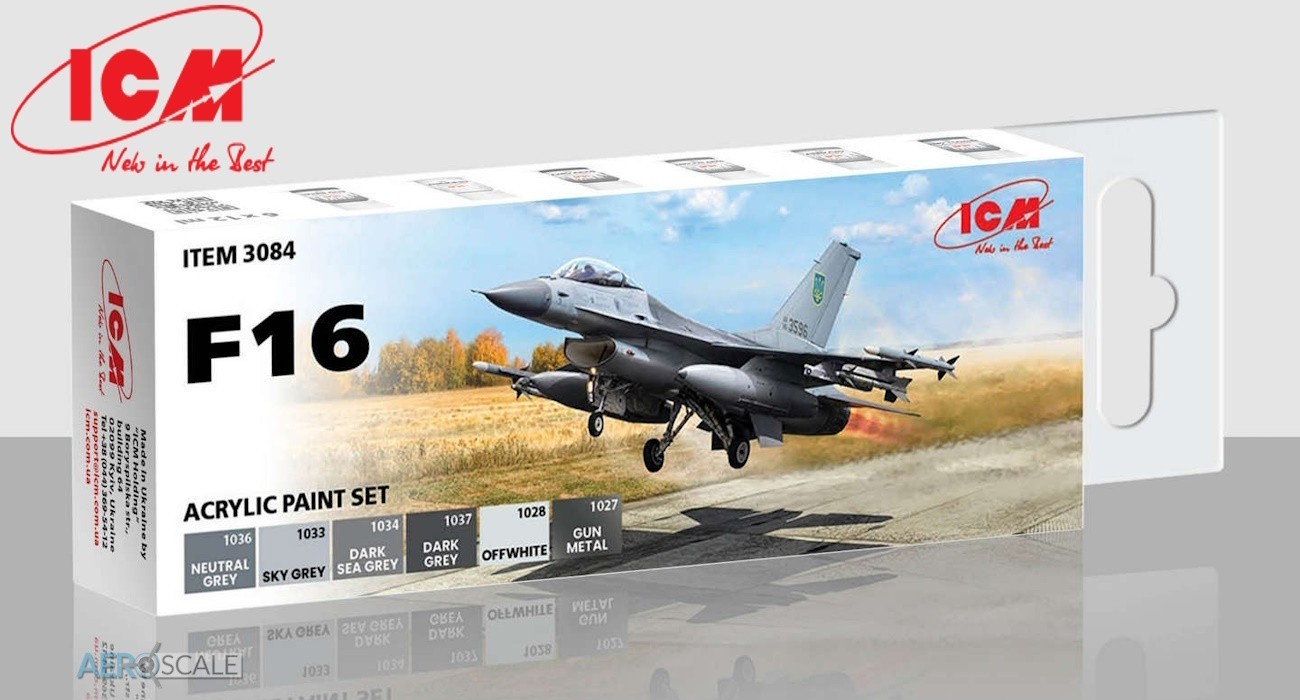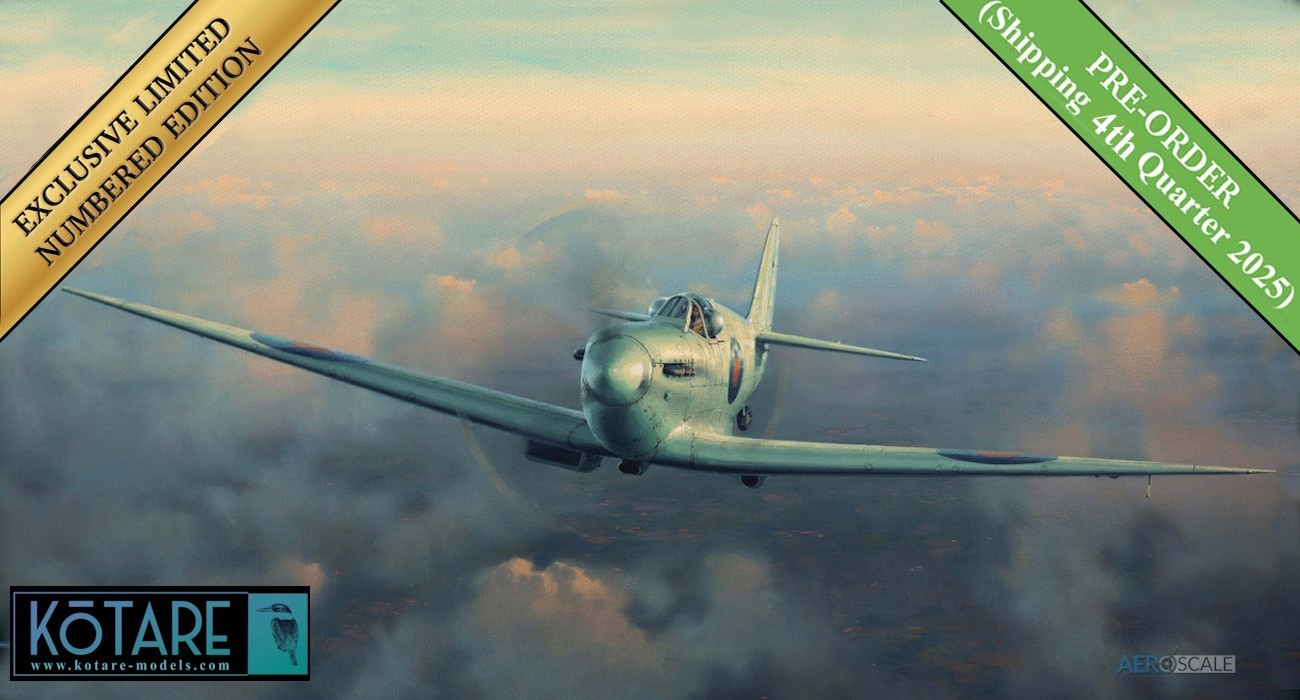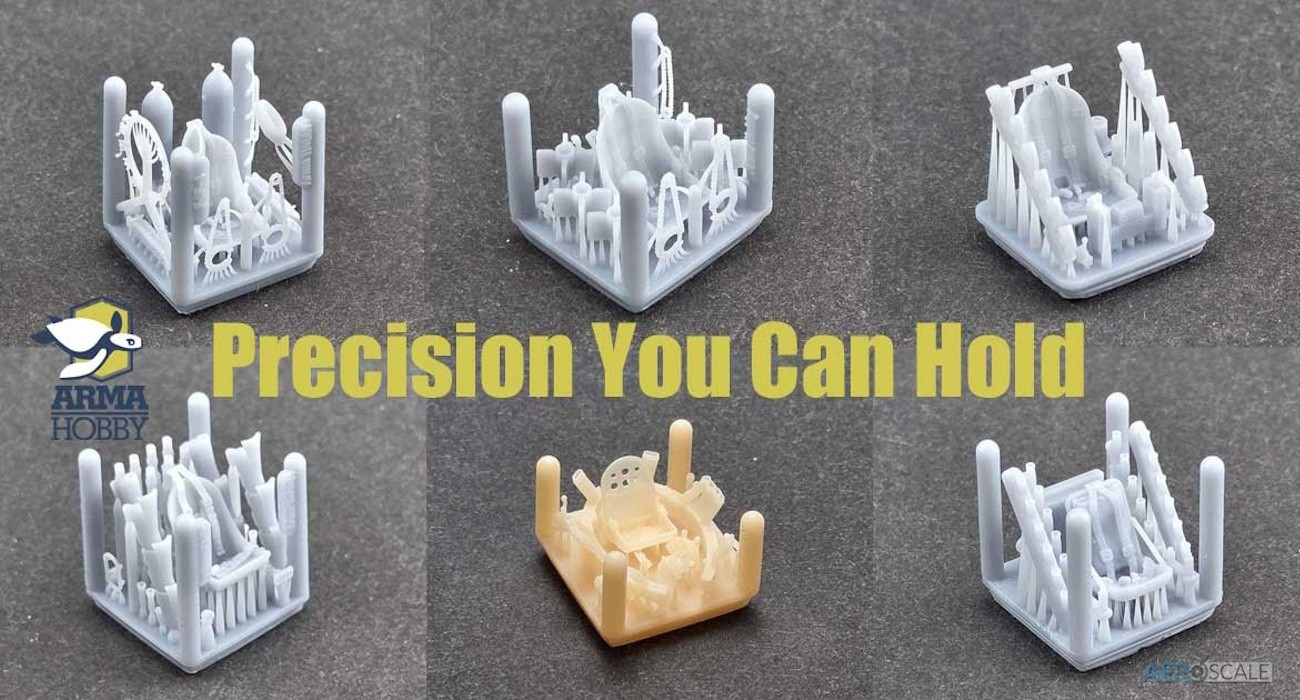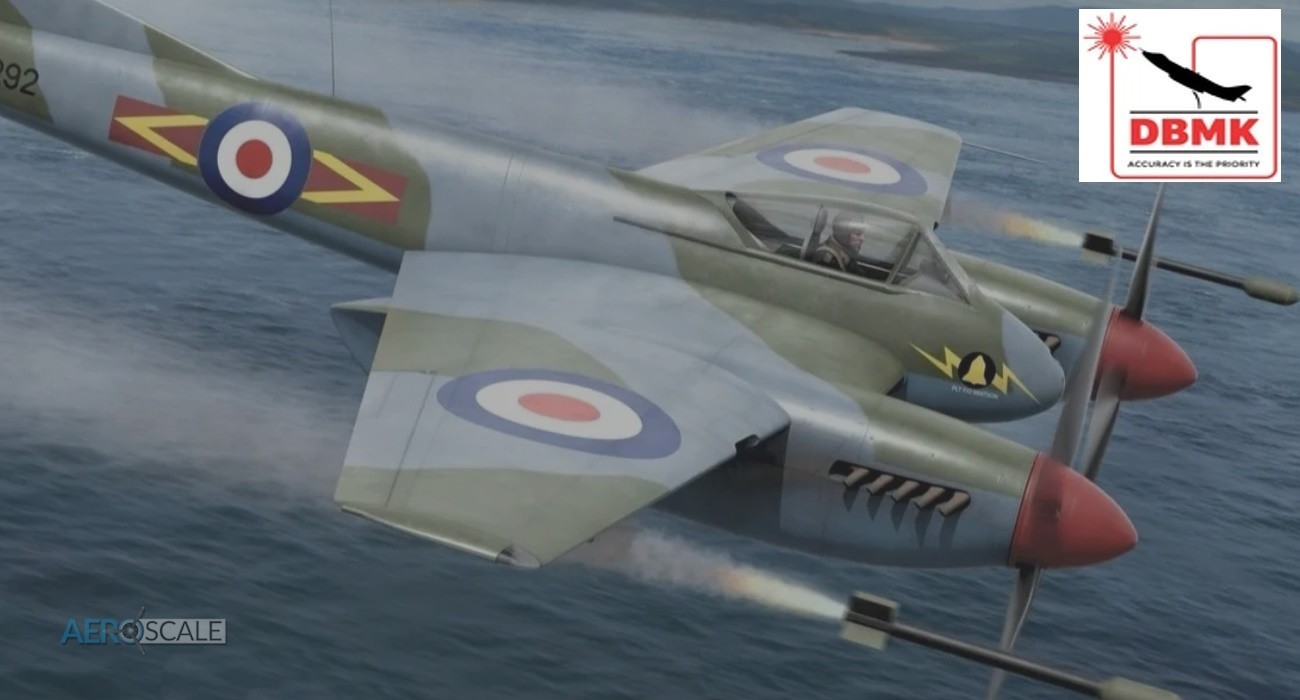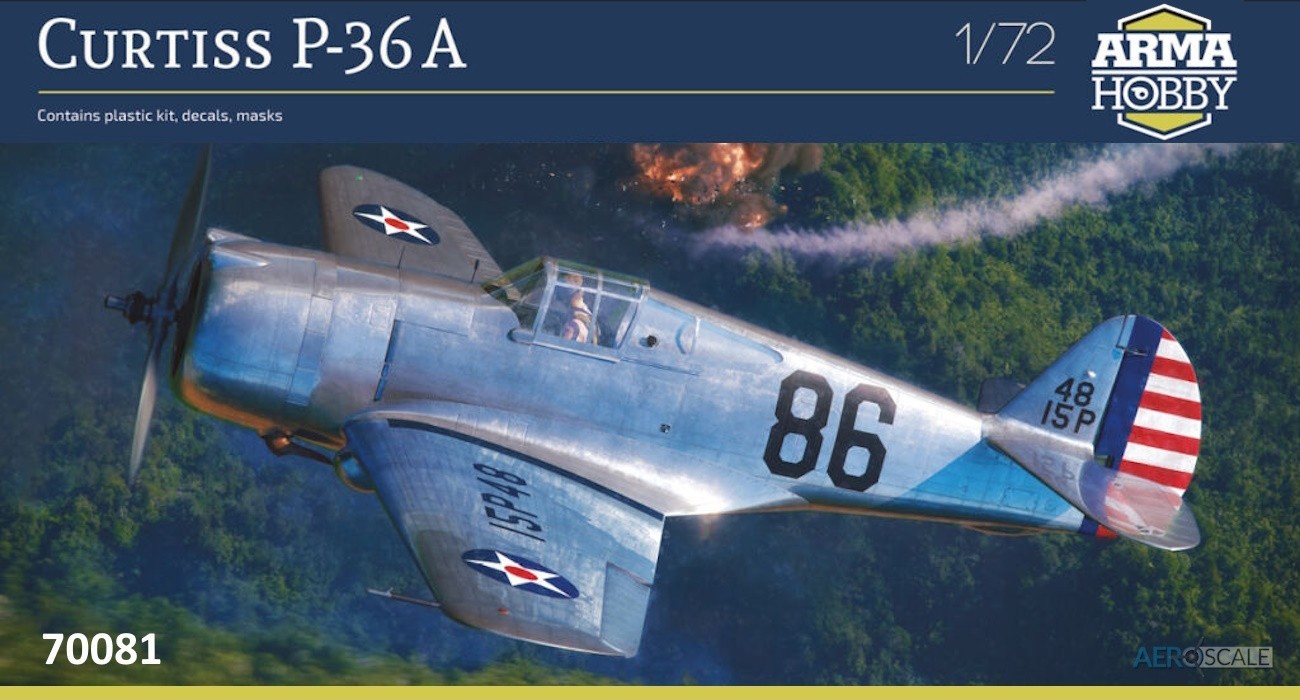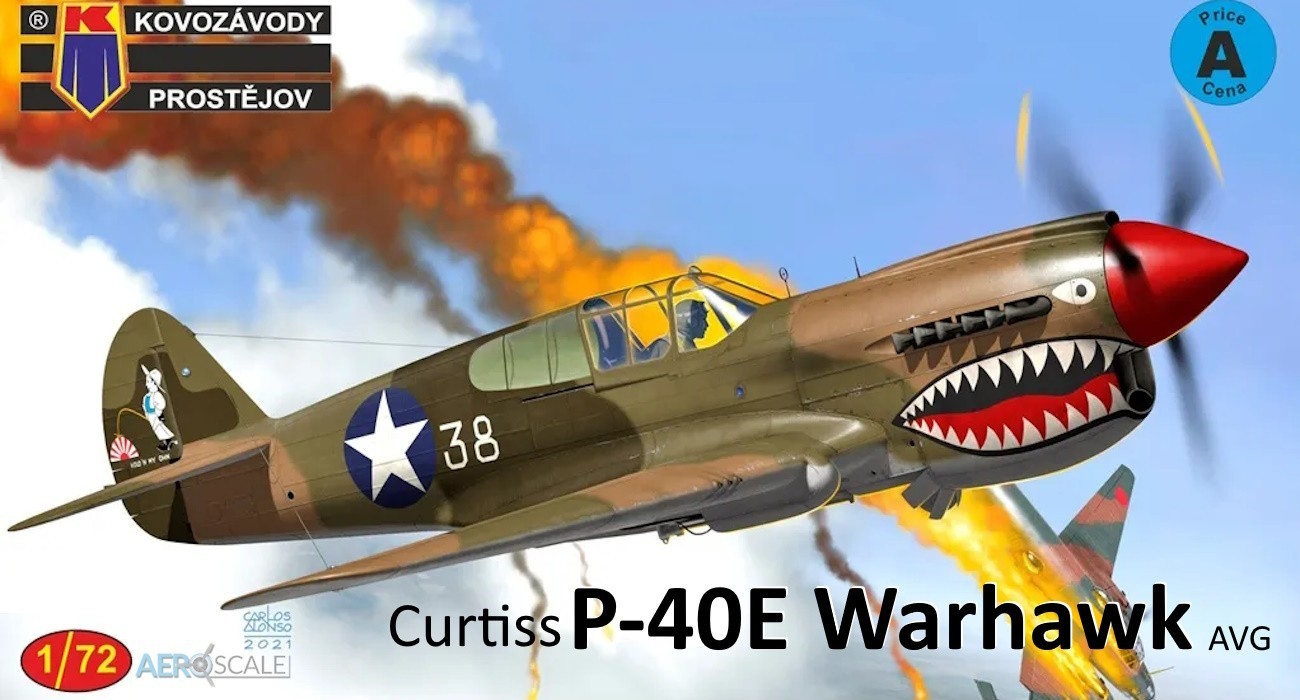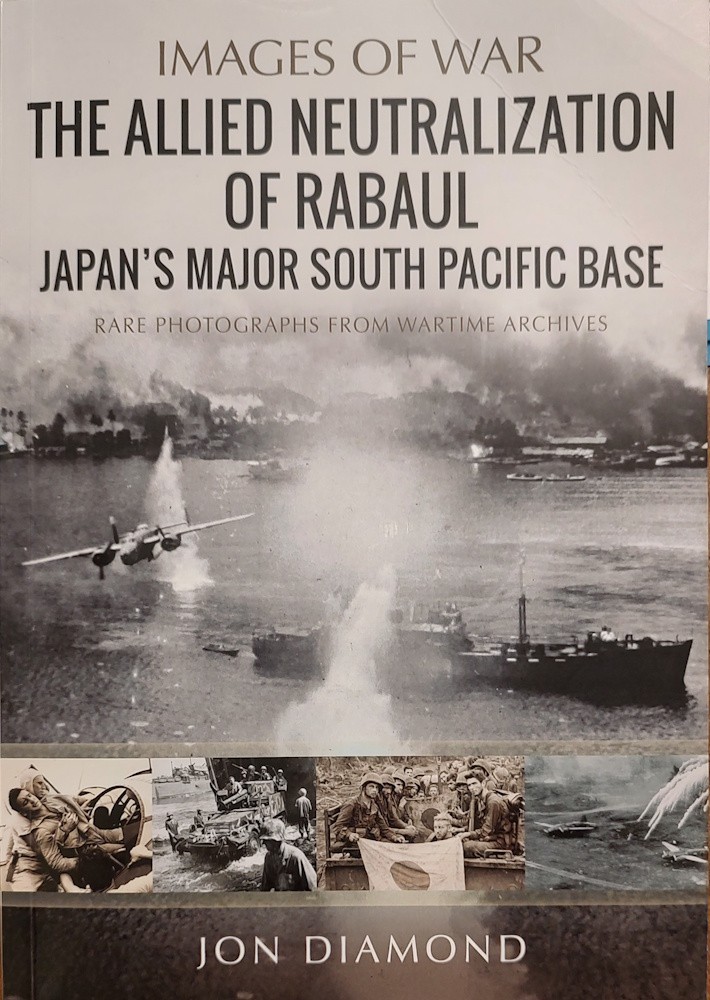
Introduction
The Allied Neutralization of Rabaul, Japan’s Major South Pacific Base is a recent release from Pen and Sword, part of their series Images of War. Casemate Publishers kindly provided this copy for review. Authored by Jon Diamond, this paperback book presents a visual history of the campaign against Rabaul, with over 200 images, including rare images from NARA and other sources. This book spans 192 pages of 7.5 x 9.75-inch size. It is a softcover book, catalogued as ISBN 9781036102036, and is also available in digital format.
On the eastern tip of hot and humid New Britain, the town of Rabaul served Simpson Harbor, one of the great anchorages of the South Pacific. When Japan captured the harbor and its adjacent airfields in early 1942, they gained a strong base from which they fanned out to conduct offensive operations through the southern and southwestern Pacific, and fortified Rabaul with formidable defenses. For the first two years of the war, only Truk Lagoon in Micronesia inspired Allied soldiers, sailors and aircrew as much dread as Rabaul. Rabaul sheltered and sortied the Japanese fleet, and launched air raids against the Allies in the Solomon Islands and New Guinea. For the first year and a half of the war, only PBY Catalinas and American heavy bombers (and a handful of B-26 Marauder edge-of-range missions) could reach Rabaul, while the Japanese Navy's long-ranging G3M and G4M bombers and A6M2 Zero fighters could reach out to attack Allied bases. Eventually, through vicious and tentative battles in New Guinea and the Solomon Islands, American and Australian forces stopped the Japanese advances and began offensive operations. Despite General MacArthur's imperiously stating that he could take Rabaul with a single division, Rabaul was an existential threat to the advances. It was quickly realized that invading the bastion would be expensive in lives and time, and Operation Cartwheel was devised.
Cartwheel was the plan to ring Rabaul with airbases, neutralize it, and bypass it. A good thing, too, as upon surrender, it was discovered that Rabaul was garrisoned with over 100,000 troops and scores of tanks, hidden in miles of tunnels and caves.
This book chronicles the effort to knock Rabaul out of the war.
Content
The Allied Neutralization of Rabaul is told through 212 pages divided into six chapters, plus front and back matter.
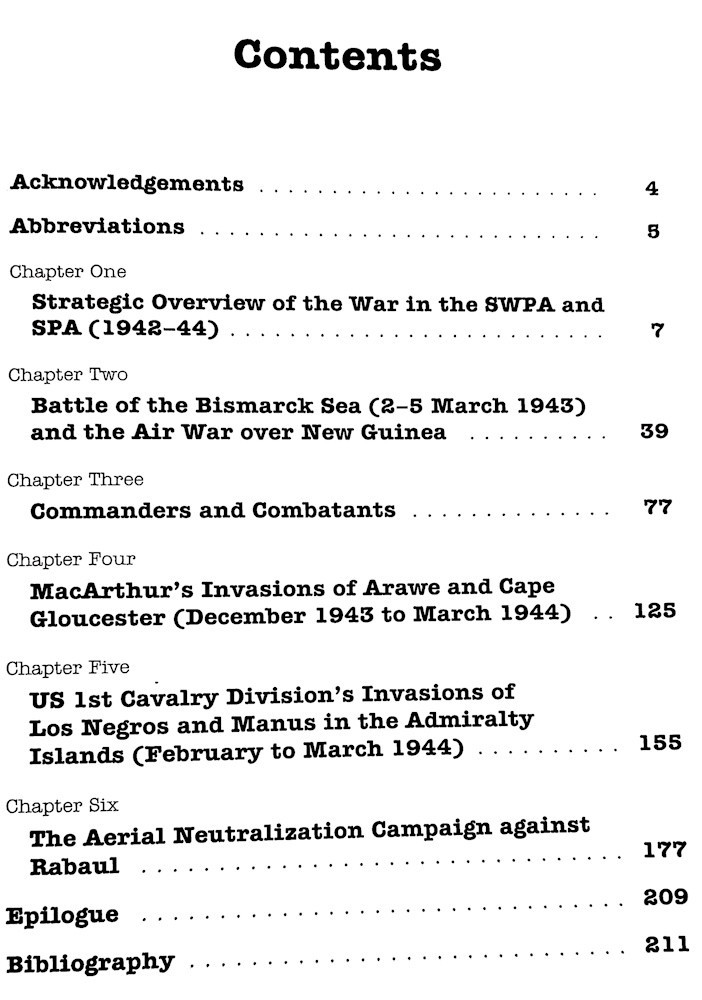
The air war over New Guinea and the Solomon Islands produced some of the most dramatic and brutal aerial photographs of the war. As an Images of War book, the majority of this story is told through images, supported by text. The subject of this book encompasses a large area of the globe, where ground forces, naval units and air power of many countries can together in combat. Thus, we can appreciate the page and a half of abbreviations as the alphabet soup of of commands and vessels and weapons can bewilder readers not familiar with that theater of war, e.g., SWPA and SPA are Southwest Pacific Area, and South Pacific Area, respectively. Maps are provided and referenced throughout the chapters, another aspect of the book I believe is important. The Strategic Overview of the War in the SWPA and SPA (1942-44) does just as the title describes through 36 pages. It describes how Imperial Japan was practically unstoppable for the first six months of the war, then how the Allies met them in savage combat of which the outcome often could be expressed as "Issue in doubt," although eventually the Allies gained dominance. Key assaults and landings are noted in brief and with the dates of the event. The chapter surveys those battles and the common aircraft and tactics we will come to know through the book.
Next, Battle of the Bismarck Sea (2-5 March 1943) and the Air War over New Guinea uses 37 pages to recount the disastrous Japanese attempt to reinforce Lae, and the dramatic offensives along the New Guinea's north coast that lead to the neutralization of the Japanese aerial strongholds around Wewak. Those including quick, sharp, violent and bloody low-level attacks against Japanese airfields and shipping. We are introduced to the ace up the sleeve of the 5th Air Force - light and medium bombers specially modified by the legendary "Pappy" Gunn from conventional bombers into low-level strafers and skip-bombers.
Commanders and Combatants introduces us to a dozen Allied and Japanese commanders, and their commands, i.e., Japanese Forces at Fortress Rabaul. Rabaul is described with the number of airfields, facilities and revetments, antiaircraft weapons, satellite bases, and other information. The chapter also includes naval, land, and air commanders. They include almost three dozen of famous (Colonel Chesty Puller, Admiral Koga), lessor known (USMC artillery commander Lt Col. Hughs, RAdm. Sherman, Gen. Krueger), and notorious (Maj. Pappy Boyington). Furthermore, we are introduced to other airmen (some famous aces), soldiers, sailors and Marines, including Navajo 'code talkers' and other Native Americans, Nisei, Commonwealth troops, Japanese, and award winners. I think the chapter does a commendable job of personalizing the men who would do the fighting, leading, and planning.
MacArthur's Invasions of Arawe and Cape Gloucester (December 1943 to March 1944) details those battles and their peripheral battles. The undetected swamps and torrential rains that hampered fighting through the primal jungles is discussed. As mentioned in proceeding chapters, fanatical Japanese resistance and desperate attacks, i.e., attacking tanks with mines, and forcing Allied retreats continues to be mentioned. Likewise, US 1st Cavalry Division's Invasions of Los Negros and Manus in the Admiralty Islands (February to March 1944) continues to describe the difficult conditions faced by the Allied attackers and the spirited Japanese defenses.
Finally, The Aerial Neutralization Campaign against Rabaul brings together the sum of those previous chapters. It recounts the Japanese conquest of Rabaul, and building the area into a major base. The author discusses building airfields, adding anti-aircraft and shore defenses, and aviation units stationed or staged throughout he bastion. It also recounts the 5th Air Force and USN attacks against Rabaul in October and November intended to knock Rabaul out. These included one of the most painful raids the 5th Air Force carried out, and a desperate carrier attack to protect the Bougainville landings. We learn how those attacks affected Japanese command decisions and what actions it convinced them to undertake. And, of course, this chapter includes some of the most dramatic photographs to come out of the South Pacific.
Photographs and Graphics
Images of War books are, obviously, heavy on photographs. Modelers and historians should be very pleased with the images they will find in the book. Maps are included to orient the reader, detailed and smartly organized. In addition, the author includes multiple aerial photographs, annotated by intelligence cartographers.
The book advertises rare photographs and there are many that I have not seen before, although the reader will recognize plenty of photos from other books. That is not a criticism because so many of the images are incredible and fascinating. Modelers will find a cornucopia of reference materiel and inspiration for models and dioramas. (I know I have). Most of them are quality images; naturally, with so many being of the photos shot during combat, there are some that are not studio quality in terms of focus and development. However, I can't think of one that I consider to be a disappointment.
Some of the more remarkable photos include:
- US soldiers manning an M2 machine gun employed in an anti-aircraft roll mounted on a stump with chains
- 75mm pack howitzer in action during a torrential downpour
- Army Cavalry carried in Marine amphibious tractors
- Camouflaged M3 half-track with a 75mm anti-tank gun driving out of an LST
- Army artillerymen firing a captured Japanese 120mm naval gun
- Staged photo of a bazooka team supported by riflemen just after knocking out several pillboxes
- Manhandling a 37mm anti-tank gun (ATG) through a devastated Japanese village
- Dummy Japanese anti-aircraft emplacement
- 37mm ATG in action in thick jungle at Buna
- Low-altitude pilot-view of strafing a Japanese airfield
- Skip-bombing Japanese ships
- Close-up of a 20mm hit on a Navy aircraft
Maps
1. Cartographic overview of the Pacific War, 1941-42.
2. The Solomon Islands, New Guinea and the Bismarck Archipelago in the SPA and SWPA, 1942-43.
3. Papau and North-East New Guinea campaigns, July 1942 to September 1943.
4. Allied Counteroffensive Axes in the Central, South and Southwest Pacific Areas of Operation, 1943-45.
5. New Guinea Campaign and the Nidus of Operation CARTWHEEL 1943.
6. Cape Merkus Peninsula, Arawe Landings
7. Cape Gloucester
8. Admiralty Islands
9. Rabaul and Environs
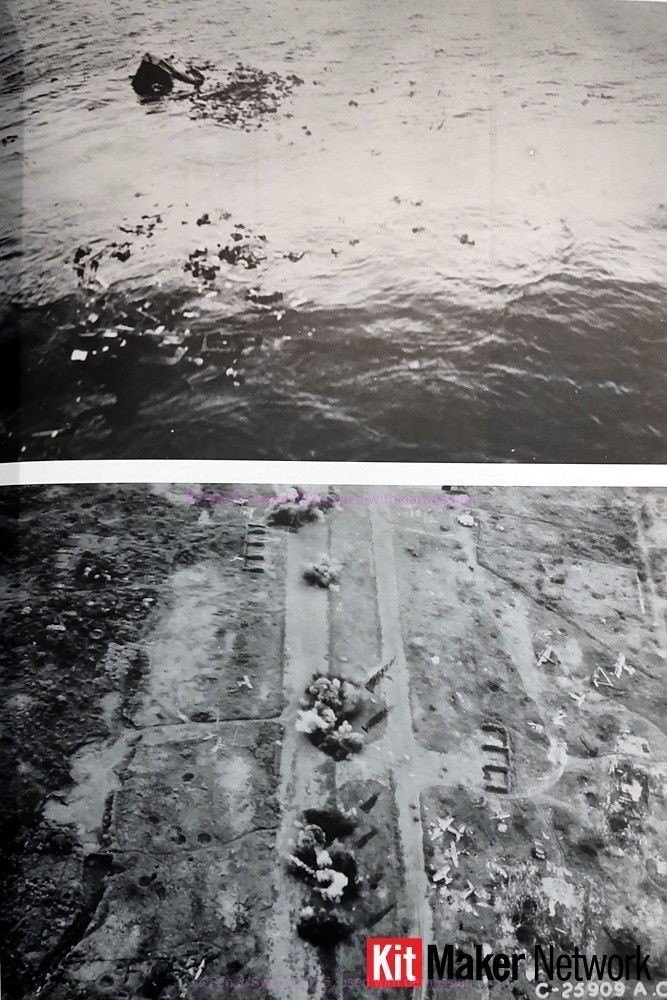
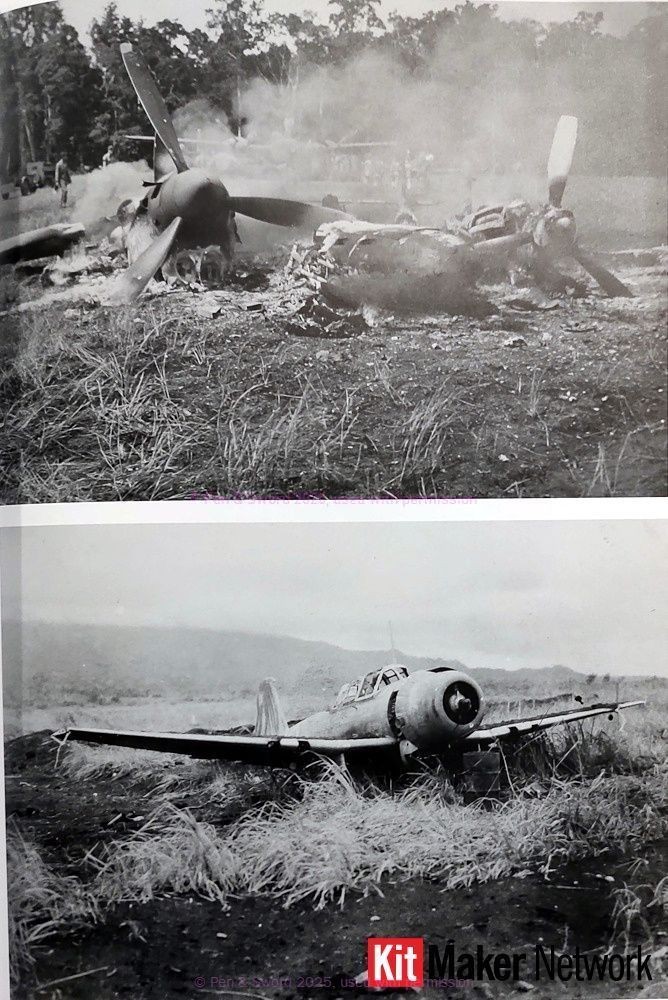
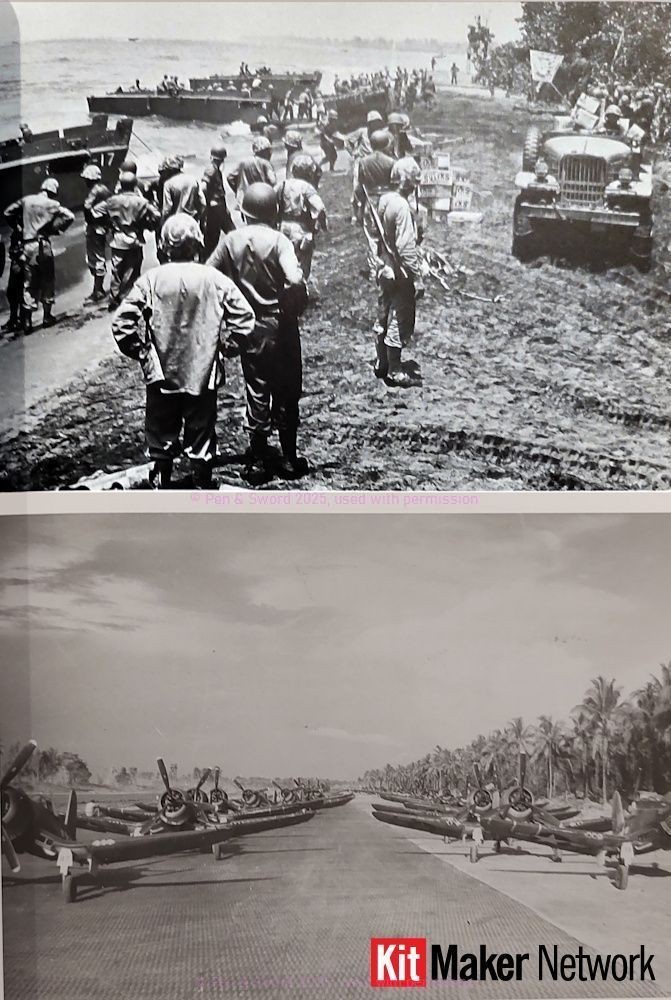
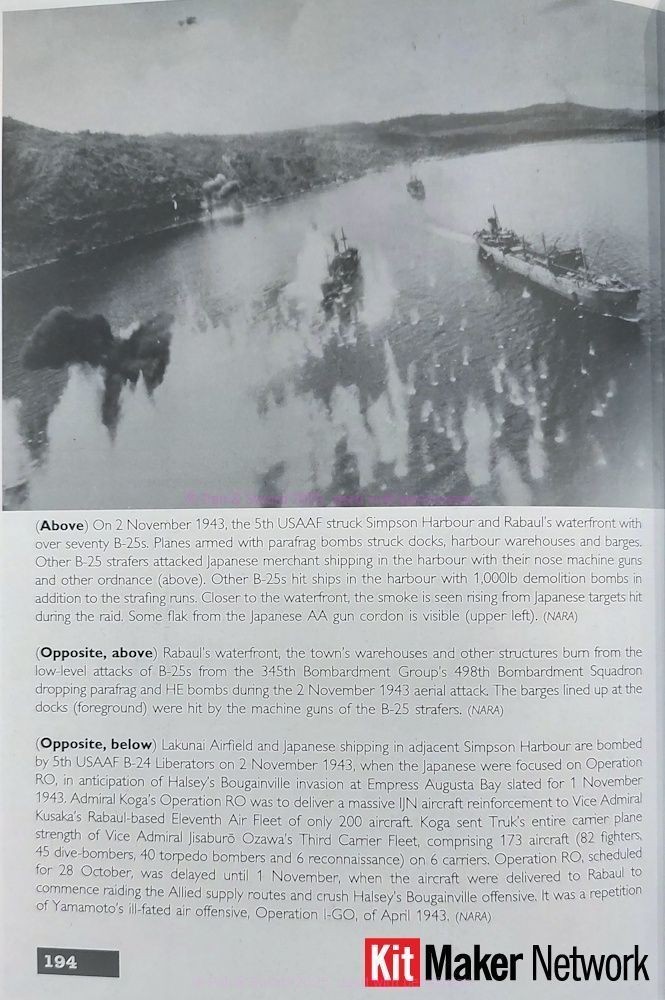
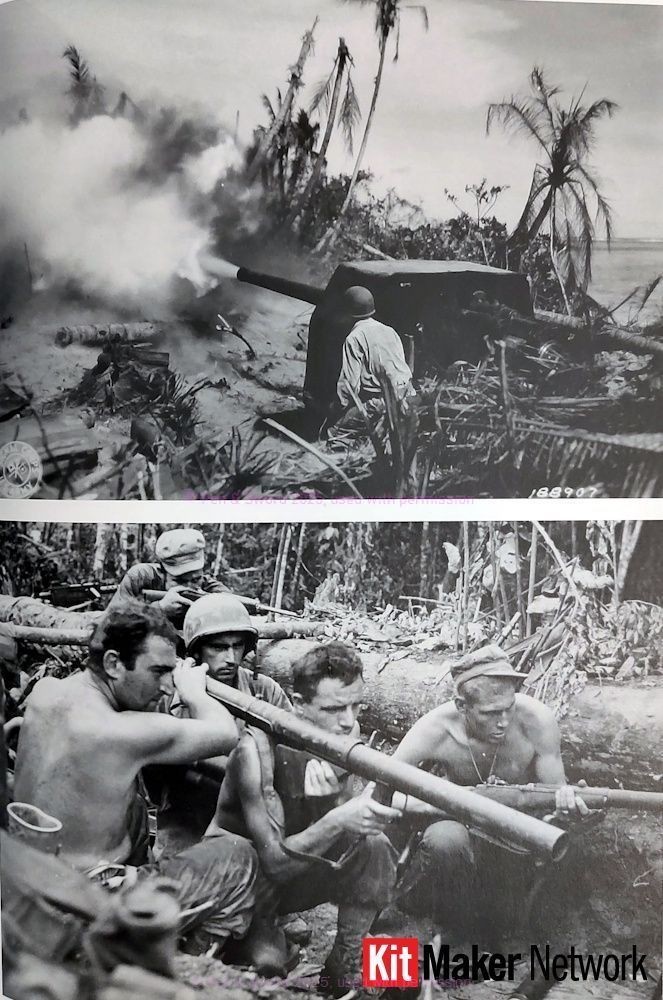
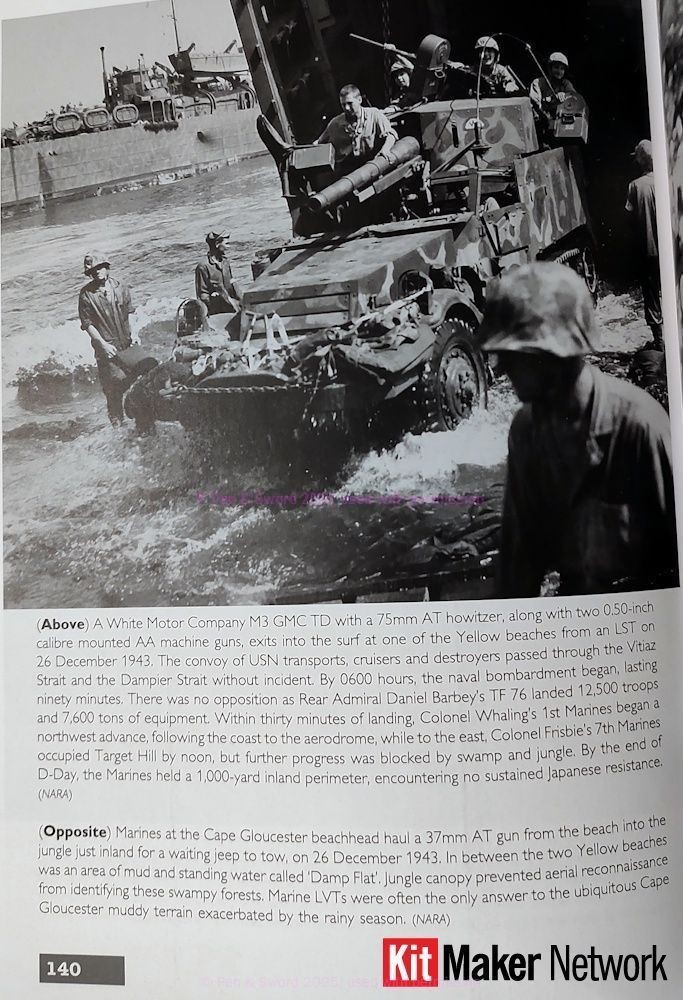
Conclusion
The Allied Neutralization of Rabaul provides the reader with a comprehensive look at the threat Rabaul was to the Allied war effort, and the synergy of the Allied air, sea, and ground forces required to knock Rabaul's air, sea, and ground forces out of the war. Many books have been written about the air campaign against Rabaul, of naval battles fought with Japanese Navy ships based or staged at Rabaul, and the land offensives fought in the South and Southwest Pacific Theaters to provide naval and air bases to counter them. Yes, there have been works published that combine all elements together but I am impressed with how Pen and Sword brought them all together in this photographic history.
Modelers will find plenty of source material to inspire modeling subjects. I easily recommend this book.
Thanks to Casemate Publishers for providing this book for review. Please remember to mention to Casemate, Pen and Sword, and retailers that you saw this product here - on Aeroscale.











